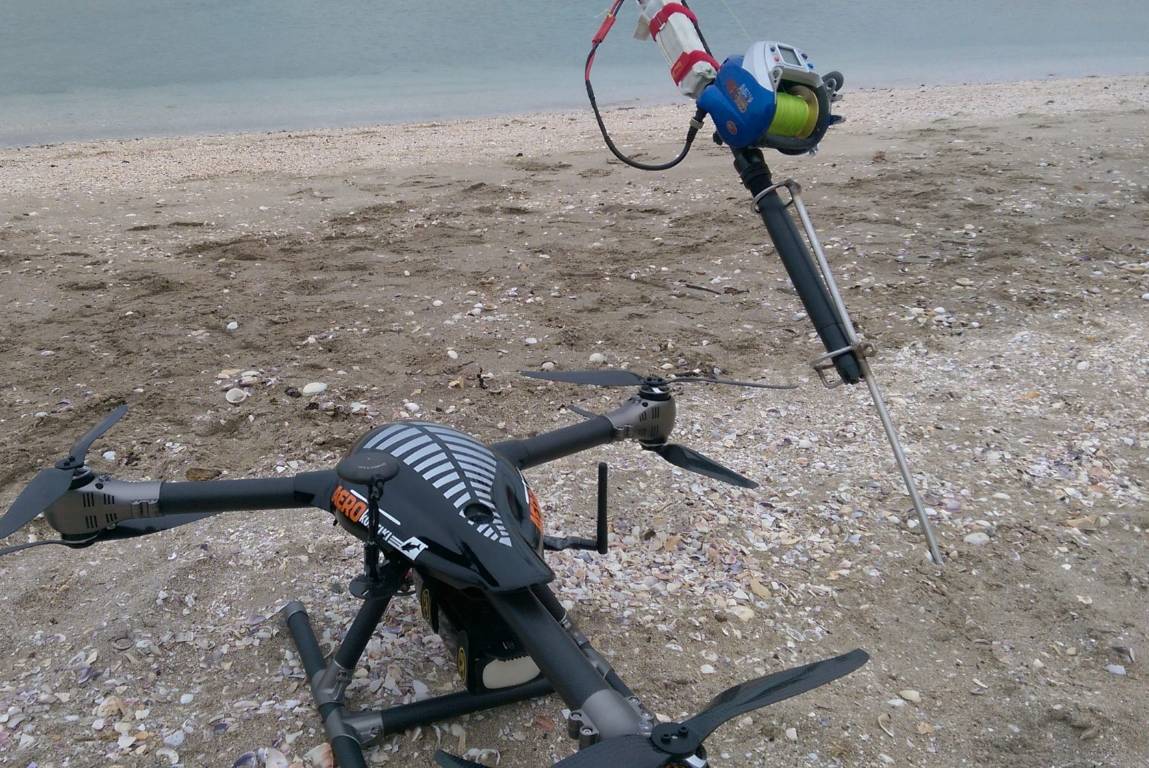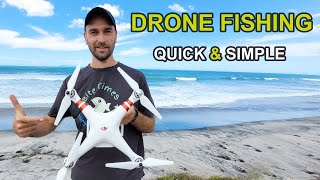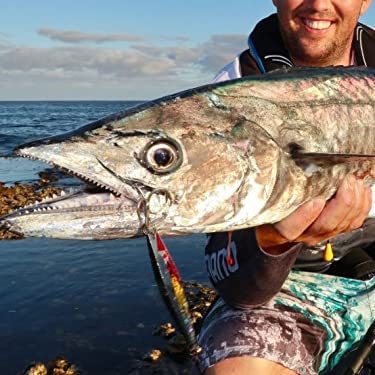
If you are a passionate fisherman, and you live in Australia you can use a drone for an aerial view of your property's waters. There are many features that drones have, such as a mechanical payload release and an angle adjustable camera, GPS positioning, and a GPS receiver. Fishing lines can be purchased that are extremely stable and secure. The SKY RIGGER drone is one such example.
SKY RIGGER is a drone fishing line
The SKY RIGGER, a flexible fishing system for drones, allows you fish from the air using minimal effort. Two rotating leg clamps allow the system to be attached to a variety of drone models. The release mechanism is designed with a bayonet-style connection and a cam-lock arm to open the line clamps quickly. Sky RIGGER is unlike other drones and can be used for all types of fishing.
The SKY RIGGER's automatic release mechanism allows for the release of the fly when a fish strikes it. You can also release the line manually with your hand or rod. This feature is included on all models. It is strongly recommended that you first purchase a Phantom 3 before you purchase the new SKY RIGGER. These are the pros and cons of this new line system.
It can be set up to release a payload mechanically
One of the most important features of a good drone is its mechanical payload release. Many are designed to make it easy for anglers to remove their fishing line. Some models have no release mechanism. To release the drone, one must "yank" the fishing lines. This can be an inconvenient process, especially for people who aren't comfortable using their hands to release the line.

A payload release mechanism is also an important feature. Payloads should be capable of releasing the drone's line once the fish has been caught. Catch and release fishing is a skill that should be practiced before you attempt it. Many people have had good experiences with the DJI Phantom drone. However, this technology has not yet reached the level of fishing drones that are available on the market.
It features a GPS positioning device
Rippton is a joint venture of Australia and Holland that specializes exclusively in technology-oriented fishing gear. Its mission is to increase angler success rates through the development of products that enhance fishing experience. Rippton's Mobula drone includes a GPS positioning and remote release. The Mobula can be used to store bait at the surface and provide resistance against kite clips. It is also environmentally friendly.
It's lightweight, weighing just 3 pounds, and can fly for up to 18 minutes. It also has a high-tech GPS system, allowing it to be controlled from 2,000 yards away. The range is 1000 meters or half a miles. Intelligent flight modes are also available. It can take high-quality pictures of its surroundings thanks to its point of interest function. The camera's high resolution allows for great views of fish.
It features a failsafe function
Aerokontiki has an emergency feature that allows it to monitor the battery level and release the fishing line if necessary. If the battery is dead, the drone will automatically return to dry ground and resume its mission. It uses industrial-grade flight controllers and can operate anywhere without recalibration. You can also use this drone in watery areas.

FAQ
A drone can spy on you.
Yes, anyone can use drones to spy on them. It is important to be aware of drones and to avoid any areas they may fly. Notify 911 immediately if you find a drone in your vicinity.
What US states have drones made legal?
A drone can be legally operated for recreational purposes. The Federal Aviation Administration (FAA), has established guidelines that allow the use of small unmanned aircraft systems (UASs). Before they can be flown, these UASs need to be registered with FAA. The FAA also allows commercial operators to fly these devices if certain conditions are met.
What type of batteries should a drone be using?
Lithium-ion batteries are the most common type of battery for drones. A drone typically uses between 3 to 6 volts.
How can I keep drones off my property?
Drones are becoming more common for home surveillance. However they can also be a threat to privacy or security. To avoid drone attacks, install motion sensors around the property. They will detect any unapproved flying objects.
Do I need any special training to fly drones?
No, you don’t need any special training in order to fly your drone. You will only need a remote control unit, and some knowledge about flight mechanics.
Statistics
- According to ZipRecruiter, the minimum hourly wage of drone pilots is $20. (thedroneu.com)
- According to the multiple listing service (MLS), houses and apartments with drone photographs are up to 68 percent more likely to sell than those without pictures. (thedroneu.com)
- According to Indeed, a drone pilot gets paid $25.73 per hour on average in the US. (dronesgator.com)
External Links
How To
How to Fly Drones With Beginners
A drone refers to a remote-controlled aircraft designed for aerial photography, surveillance and scientific research. Drones are a technology that has been around since World War II. DJI's Phantom quadcopters became commercially available in 2010. Many types of drones have been made available since then, from beginner-friendly models such as the Parrot AR Drone 2.0, to high-end multi-rotor craft such as the DJI Mavic Pro.
You can fly a drone in many different ways, including:
-
Remote control – This is when you attach a device to your hand that allows you to control the drone's flight path. There are two main types: Joysticks (like a radio), and On/Off switches (like an alarm clock).
-
Manual Control - This method uses a smartphone app to remotely control the drone using GPS coordinates. You must keep track of the location where you want the drone to go and follow the instructions from the app.
-
Autonomous Flight - This method involves leaving the piloting duties to the drone itself. It allows the drone to fly independently without any human intervention. It must have a builtin camera, sensors capable of taking images and data to enable autonomous flight.
-
Triggered Flying - This method works in the same way as manual control. However, the pilot has to manually set up a route for the drone and it follows that route until reaching the endpoint. After the program is complete, the drone automatically returns to the ground.
-
Landing Gear – A few drones come with landing gear. This allows them land safely in the event of losing power or running out of battery.
-
Goggles – Pilots often wear goggles while flying to keep themselves safe from any debris.
-
Camera - Certain drones come with cameras that allow you to take photos and videos from high above.
-
Obstacles-Some drones come with obstacle avoidance devices that keep them from hitting obstructions.
-
Speed – Some drones can reach speeds in excess of 40 mph.
-
Battery Life - Most drones last between 20 and 3 hours depending on how much power they have.
-
Range - Some drones can travel upto 30 miles depending on their models.
-
Power source - Some drones need an external power source, while others use internal batteries.
-
Weight - Some drones weigh less than 1 pound, whereas other models weigh up to 4 pounds.
-
Size - From small drones that can be carried in the palm of one's hand to larger drones that weigh over 50 pounds, drones come in a variety of sizes.
-
Price - High-end drones can go for thousands of dollars, while low-cost models start at $100.